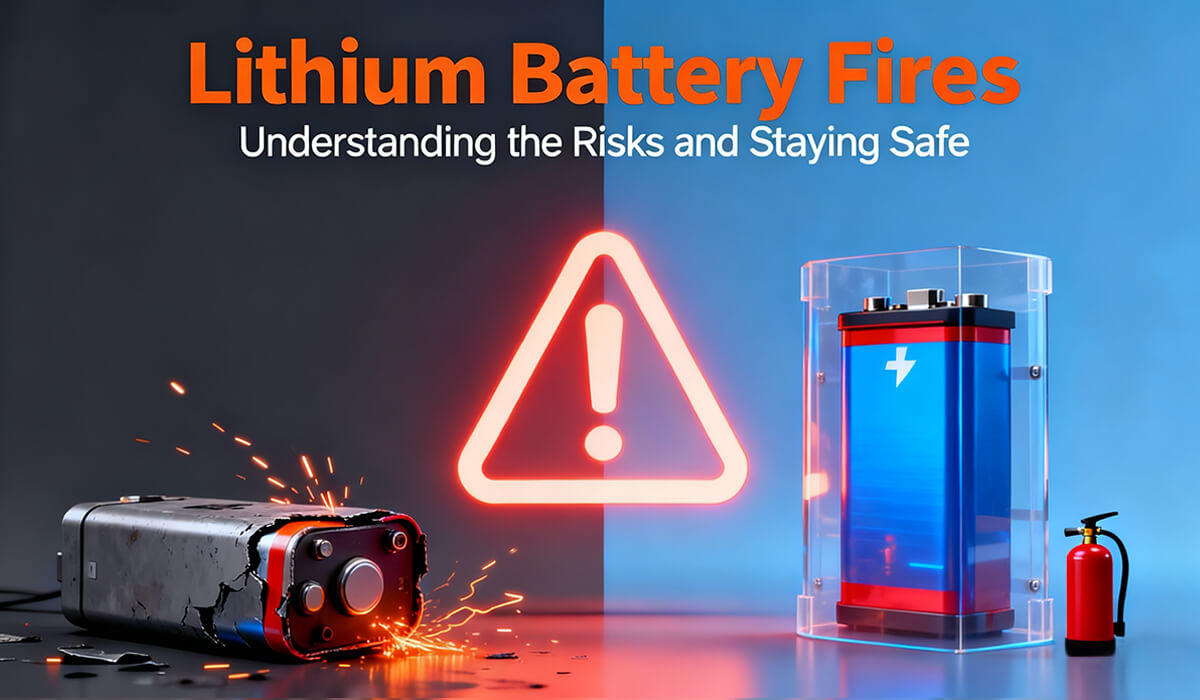Blog
Blog
Unlock the Power of Battery SOC: The Ultimate Guide to Understanding State of Charge
Published by Dawnice, July 18, 2025
What Is Battery SOC (State of Charge)?
The term Battery SOC, or State of Charge, tells us how full a battery is—just like a fuel gauge in a car. In simple terms, the battery state of charge is the percentage of available energy left in a battery compared to its full capacity.
Whether you’re using a lithium-ion battery in your phone or a solar energy storage system, knowing the state of charge in battery helps prevent overcharging or deep discharging, both of which can shorten battery life.
Some common variations you might see include:
-
SOC battery
-
SOC of a battery
-
State of battery charge
-
Battery charge state
These all refer to the same concept—how much usable energy is left in your battery.
How Is Battery SOC Calculated?
Calculating the SOC of battery can be simple or complex, depending on the method. Basic methods include:
-
Voltage-based estimation – suitable for lead-acid but not very accurate for lithium.
-
Coulomb counting – tracks energy in/out of the battery.
-
Advanced algorithms – combine voltage, temperature, current, and past behavior.
Modern lithium battery SOC monitoring uses BMS (Battery Management System) for more precise results. This is critical for applications like solar storage, electric vehicles, or power backup systems.
Why SOC Is Crucial for Lithium Batteries
For lithium-ion battery SOC, accurate monitoring is essential. These batteries are sensitive to overcharging and deep discharging. A properly managed SOC in battery ensures:
-
Longer battery lifespan
-
Better performance
-
Safer operation
-
Optimized energy usage
In large energy storage systems, the state of charge battery values are constantly monitored and balanced between cells for stable output.
What Happens at High or Low SOC Levels?
Maintaining a healthy battery charging state is key. Here’s what could go wrong:
-
Too High SOC (>95%): Can cause stress or overheating
-
Too Low SOC (<20%): May lead to deep discharge, reducing capacity
-
Fluctuating SOC: Causes imbalance in SOC batteries in series
Thus, most systems keep the battery SOC in a mid-range (20–80%) for daily cycling, especially in lithium-based technologies.
Tips to Maintain a Stable SOC in Batteries
To get the most out of your battery, follow these tips:
-
Use a smart BMS for real-time SOC monitoring
-
Avoid fully charging/discharging your battery daily
-
Check the SOC meaning battery setting in your inverter or EMS
-
Let your system auto-balance SOC across battery modules
-
Update firmware of energy systems regularly for better SOC accuracy
Following these can help maintain your battery charge state within safe levels and extend battery health.
Quick Recap: SOC Battery Meaning Simplified
To summarize:
-
SOC = State of Charge
-
Indicates % of remaining energy
-
Crucial for battery safety, efficiency, and lifespan
-
Best kept between 20–80% for lithium-ion types
-
Managed by BMS in most modern systems
Whether you’re dealing with home energy storage or EVs, understanding the state of charge of battery is essential for smart energy management.






